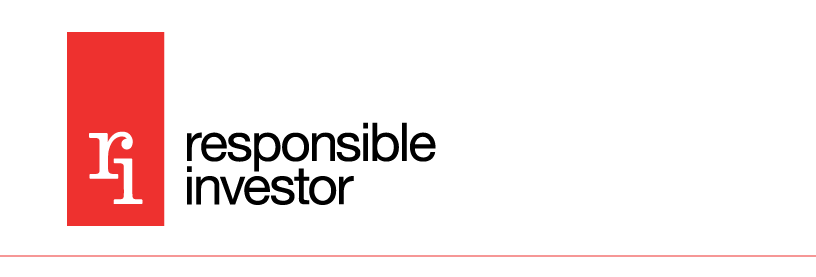The point of the immense effort going into climate disclosures and reporting is that investors, lenders and other stakeholders can act on the information and steer the economy towards net zero and other sustainability objectives.

That’s the “theory of change” behind the whole target-setting and disclosure infrastructure built up over more than two decades (CDP in 2000, ESG in 2004, SBTi and TCFD in 2015, GFANZ in 2021, CSRD in 2024, SEC in 2026…).
But the Institute of International Finance said last September that this is not the role of the financial sector: it should be “a supporter and enabler, but not a driver” of real-economy transition. So what role are investors and banks playing in practice? And will it drive the impact we need to achieve the world’s climate goals?
To answer these questions, the Centre for Climate Engagement at Hughes Hall, University of Cambridge, and Zero Ideas teamed up to review academic research on this topic and interview practitioners internationally across asset management, banking, corporate strategy, corporate advisory, NGOs, academia and government.
Our report, Seeking Impact, challenges fiduciaries of all sorts to test the assumptions behind their climate action and rethink what they are asking their own and other organisations to do. Three lessons stand out:
1. Seek impact, don’t just manage risk
Companies, banks, investors, even regulators, are using “risk” as a proxy for the climate impact they want to create. This is attractive because they have a more explicit mandate to manage risk. But it is an inadequate proxy – a convenient untruth.
If we limit ourselves to a risk mindset, everyone is reacting to everyone else, and nobody is driving the agenda forward.
“Transition risk” is a risk only because we collectively want and need a transition. To drive that transition we need the creative destruction of innovation, which means actively taking risk – but a risk mindset tends to reinforce the status quo.
Missing the necessary drive, the world is deviating from the 1.5C pathway it aspires to, and as it does so, the reinforcement gets stronger. The commercial risk of getting left behind may be less than the risk of betting too far ahead.
2. Challenge impact assumptions with a theory of change
The public, non-profit and philanthropic sectors have been seeking impact – benefits to society – for a long time. They have developed a proven approach, which uses a “theory of change” to make the logic chain from activity to impact explicit.
In the climate world, even among non-profits, theories of change are often asserted as an organisational creed, or statement of belief.
But the core idea of a theory of change, as it was originally conceived, is that the assumptions behind it should be made explicit in order to be tested.
The value is not in the theory itself; it is in the practical validation of the theory. “It is in probing the theoretical premises of the programme that evaluation can ultimately become most practical,” wrote Carol Weiss, who introduced the idea of theory of change, and later the term itself, back in 1972.
This testing matters. When we set out the theory of change for the finance-driven approach that is dominating climate action today – both for banks’ debt finance and investors’ equity finance – we find that we cannot validate the assumptions that it depends on.
What we would expect to see happening under the theory is largely not happening in practice (see table). Assumptions behind the theory assign too much power to information and transparency, and too little to the financial incentives of individual actors.
3. Work backwards from impact to activity
So far, so frustrating. We are pursuing the wrong goal (overly focused on risk) with the wrong tools (overly focused on disclosure). How can we use theories of change constructively to seek impact?
The best way to answer this is to run the logic backwards. If you work forward from the activity you do through to the impact you want to see, it’s too easy to write bland or wishful inferences about what a project’s outputs might lead to.
But if you work backward from the impact you want to see, the logic invites you to ask the critical questions at each step. What is the specific end state we are working to achieve? What are the barriers to achieving that state? What will break through them? How can we enable those breakthroughs, given who we are? What must we do to create those enablers?
Working the logic in this direction demands insight about what it takes to realise your vision, particularly drawing on the capabilities that the organisation brings.
We have learned that it doesn’t work to depend too much on the power of transparency alone versus the power of financial incentive.
So, how can a theory of change create that incentive? This might mean establishing positive opportunities to build new business models, not just reduce – or it might mean collaborating actively and constructively with government to create at least a level playing field for companies investing in the transition.
Climate action combines long-term commitment with game-changing short-term uncertainty. It’s not enough to respond to what risk-minded stakeholders are asking from you, because today’s approach to sustainability is unsustainable.
You need to understand the fundamentals of how your organisation can seek impact, so you can anticipate and influence conditions as they evolve. Used with rigour, this is the power and potential of a theory of change.
Simon Glynn is the founder of Zero Ideas, challenging leadership thinking on climate action










